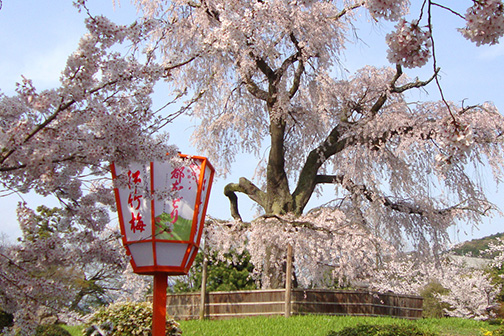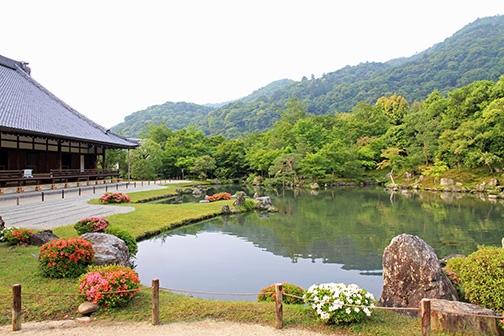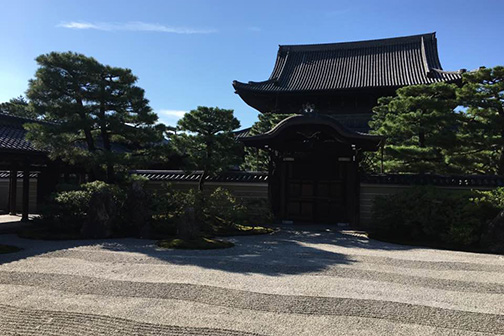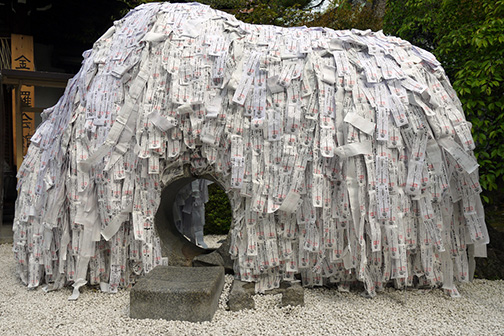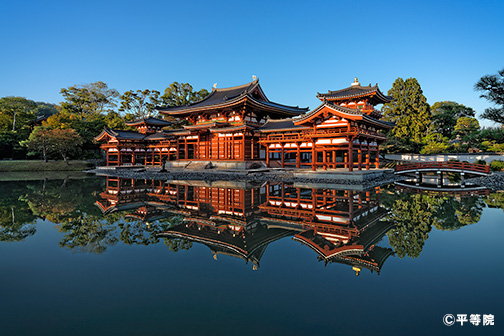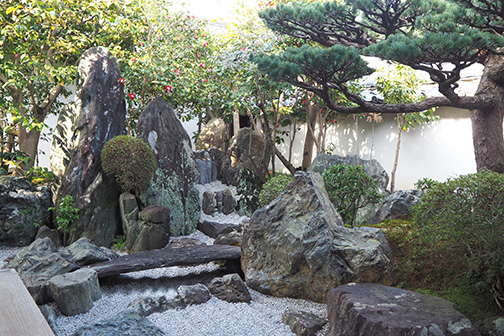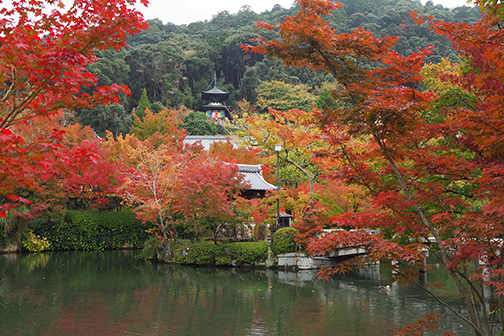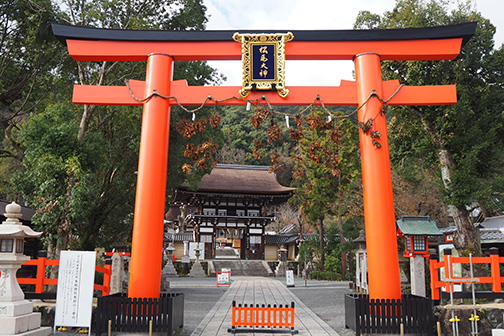
Timeless Kyoto
Explore Kyoto: Tours and Itineraries
芸 -Entertainment-
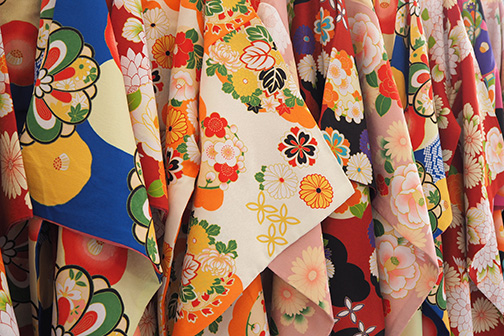 Kimono Wearing
Kimono WearingKagai (花街)
Kagai (literally “flower town”) are small districts in Kyoto that remain seeped in the traditional culture created by Geiko and Maiko and their legacy of hospitality and entertainment provided in the form of song, dance, and other traditional performing arts.
Yasaka Shrine
Yasaka Shrine is one of Kyoto’s most popular “power spots,” or place of concentrated natural or spiritual energy. The shrine is located in the Gion district, where the atmosphere of the ancient capital of Japan is still alive and well today. People visit Yasaka Shrine to pray for business prosperity, academic success, and to ward off bad fortune. Geisha and Maiko from Gion’s kagai (geisha district) also visit the shrine to pray.
Every year on February 2 and 3, Geiko and Maiko perform dances and throw beans to the crowd at Yasaka Shrine while dressed in ornate kimono as part of the Setsubun Festival marking the beginning of spring. The Three Munakata Goddesses are enshrined in Utsukushi-gozen-sha Shrine, a subsidiary shrine located on the grounds, and revered for their beauty. Many women come here to pray for divine favor in their appearance.
Tsumami Zaiku (pinching cloth craft) workshop
Try your hand at making an ornamental hairpin like the ones Maiko wear with tsumami zaiku, which involves pinching and folding small squares of cloth into flowers and other ornamental shapes using tweezers. Men can make a hairpin to give to someone special or their own decorative lapel pin.
Experience wearing a kimono or yukata
Take a stroll around town wearing a traditional kimono in spring, fall, and winter, or a cotton yukata in summer. Attach the ornamental hairpin you made yourself to make the experience even more special.
Maiko dance performances
| March | Kitano Odori |
|---|---|
| April | Miyako Odori Kyo Odori |
| May | Kamogawa Odori |
| October | Onshukai Suimeikai |
| November | Gion Odori |
Kaiseki traditional course dinner with Geiko & Maiko entertainment
An evening of Geiko and Maiko entertainment is a true only-in-Kyoto experience. Enjoy a luxurious private dinner, learn some traditional Japanese party games, and even take photos. The experience is sure to be a highlight of your trip.
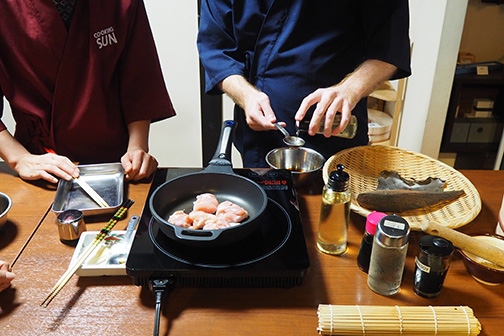 Cooking Experience
Cooking Experience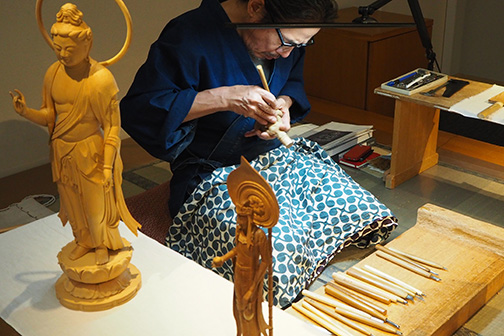 Gallery of Kyoto Traditional Art & Craft
Gallery of Kyoto Traditional Art & CraftKabuki
Kabuki (歌舞伎)
The origins of the word kabuki come from the verb kabuku, which means to behave oddly or attire oneself strangely. Kabuki can trace its roots back to kabuki odori, a dance drama performed by women who would dress up as men in exaggerated costumes that imitated the fanciful avant-garde fashions favored by samurai of the day. Izumo-no-Okuni is credited as being the first performer of kabuki odori. She performed dances dressed as a man on the dry riverbeds of Kyoto in the year 1603. Kabuki has since continued to evolve over more than 400 years.
Gokito at Kitano Tenmangu Shrine
Izumo-no-Okuni, known as the founder of kabuki odori (kabuki dance drama), a style of dance derived from folk dancing, was a female entertainer in the Azuchi-Momoyama Period (1573–1600). In 1603, she performed kabuki odori for the first time in front of Kitano Tenmangu Shrine, which became known as the birthplace of kabuki. This is the main shrine for the some 12,000 Tenmangu shrines (all dedicated to Sugawara no Michizane, a historical figure who became worshipped as the god of academics) around Japan.
Gokito is the most formal ritual, where Shinto priests purify their bodies and pray for us in the sacred hall enshrining the god. They serve as mediators to deliver our wishes to the god.
Obanzai (Kyoto home cooking) experience
Traditional Japanese side dishes are called obanzai by the people of Kyoto. Try your hand at cooking authentic obanzai while learning how the people of Kyoto cook and approach life. After cooking the dishes, enjoy eating them with the other participants.
Gallery of Kyoto Traditional Arts & Crafts
The Gallery showcases traditional arts and crafts of Kyoto for people around the world to gain an appreciation of their beauty and technical skill. Every day, local craftspeople working in various disciplines demonstrate their techniques to give visitors the rare opportunity to see what they do up close.
Kabuki appreciation at Minamiza Kabuki Theater
Few theatrical spectacles are as visually stimulating and just plain bizarre as kabuki, and Kyoto’s Minamiza Kabuki Theatre is the best place in Japan to see kabuki. The bronze statue of Izumo-no-Okuni is located nearby.
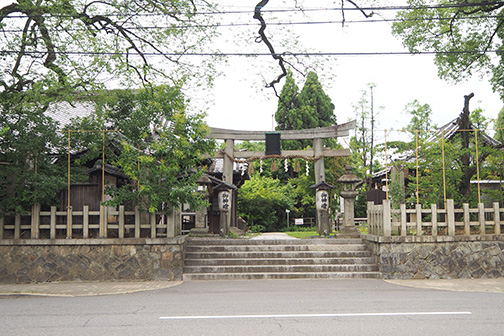 Imakumano Shrine
Imakumano Shrine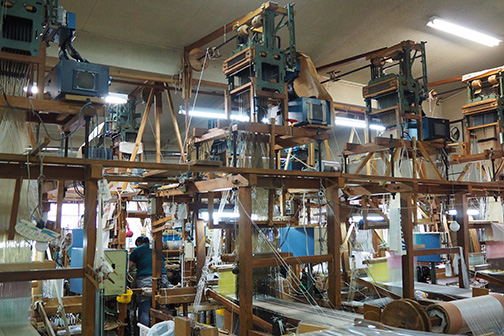 Nishijin silk fabric weaving studio
Nishijin silk fabric weaving studio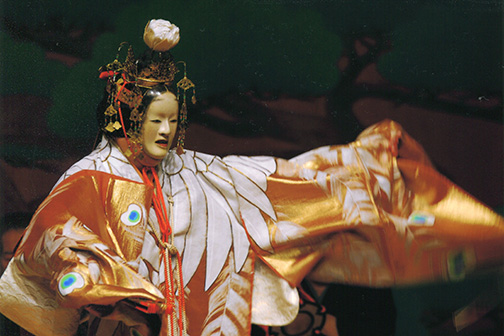 Noh
NohNoh & Kyogen
Noh (能) evolved in the late Kamakura Period (1185–1333) to the early Muromachi Period (1338–1573) from song and dance performances that were popular forms of entertainment and performed as ritual offerings for the gods as far back as the Nara (710–794) and Heian periods (794–1185). Zeami is credited with perfecting the art of Noh and is considered one of the most influential figures in the history of Japanese performing arts. Zeami published a collection of treatises on Noh, called Fushi Kaden, almost 200 years before Shakespeare. Noh is now designated an Intangible Cultural Heritage and is listed as UNESCO Intangible Cultural Heritage.
Kyogen (狂言) is Japan’s oldest form of theater. Looking around the world, it is rare for theater to be composed of only one genre—in this case comedy. Kyogen elevated and refined humorous performances to establish its present form in the Muromachi Period (1338–1573). Kyogen was a popular art form with the masses in Medieval times for using colloquial language to lampoon social conditions and authority at a time when the social order was upended, with lower classes reigning over the elite. The oldest collection of Kyogen scripts, the Tensho Kyogen-bon, was published in 1578.
Imakumano Shrine
Imakumano Shrine is known as the birthplace of Noh. Kan’ami and his son, Zeami, together credited as the founders of Noh, performed Noh at Imakumano Shrine for the young shogun Ashikaga Yoshimitsu in 1374. Impressed by their performance, he bestowed on them the names Kan’ami and Zeami and became a patron of Noh. A stone monument inscribed with the Chinese character for Noh (能) can be found on the shrine grounds.
The sacred bird of the shrine is the Yatagarasu, a mythical three-legged raven sent from heaven as a guide. The Yatagarasu is a symbol of divine good fortune guiding the receiver to victory, and is also famous as the symbol of the Japan Football Association. Many fans and players of soccer as well as other ball sports visit the shrine from around Japan.
Nishijin silk fabric weaving studio tour
Visit a traditional Nishijin weaving workshop, housed in a long, narrow building with original beams, pillars, and skylights to let in natural light. Here you can see hand-woven textiles, Noh costumes, and period clothing as well as watch artisans at work still using the traditional Nishijin-style hand looms.
Noh workshop and Noh & Kyogen appreciation
After touring a Noh theater and learning about the art form, pick up the masks, costumes, and instruments for an up-close experience with the ancient performing art. Following this hands-on workshop, sit back and enjoy a Noh performance.
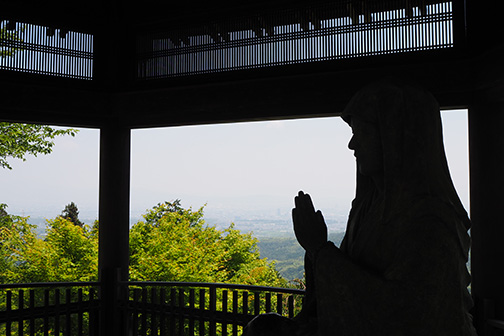 Yoshimine-dera Temple
Yoshimine-dera Temple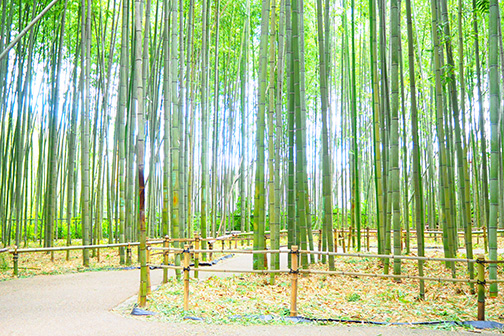 Arashiyama Bamboo Grove
Arashiyama Bamboo Grove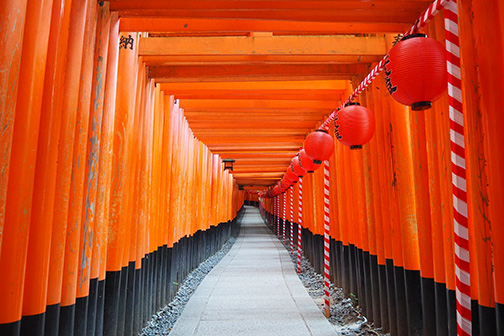 Fushimi Inari Grand Shrine
Fushimi Inari Grand ShrineFilming locations
Yoshimine-dera Temple
Yoshimine-dera Temple was founded in 1029 by the priest Gensan. In spring, the temple grounds are awash in a sea of blooming pink cherry trees, including weeping cherry trees and Yamazakura and Somei Yoshino varieties. In fall, the fiery colors of the maple trees light up the surroundings of the main building, temple hall, gardens, and other points of interest on the spacious grounds. The deep green of a 600-year-old pine tree, designated a natural monument, also contrasts beautifully with the vibrant fall colors. Situated on a mountain, you can climb to the top of the temple grounds for a spectacular view of the city of Kyoto below.
The temple is famous as the location of a Hollywood movie about a renowned geisha.
Arashiyama Bamboo Grove
The Arashiyama Bamboo Grove is one of Kyoto’s top tourist sights. Tens of thousands of bamboo are planted in the grove. Stroll along the winding pathway threading through the bamboo grove and feel like you’re transported back to ancient Kyoto. The bamboo grove is also famous as the location of a Hollywood movie about a renowned geisha.
Chion-in Temple
Chion-in Temple is the headquarters of the Jodo sect of Buddhism and built in 1294 by the priest Genchi on the site where sect founder Honen (1133–1212) first preached and later fasted to death.
The temple’s spacious grounds covering 14.5 hectares spread into the surrounding hills. The temple contains many treasures including an illustrated biography of Honen, designated a National Treasure, along with sliding doors painted by members of the Kano school and a garden designed by Enshu Kobori.
The temple’s steep set of stairs was used in a Hollywood samurai movie.
Fushimi Inari Grand Shrine
Fushimi Inari Grand Shrine, the most important of the thousands of shrines dedicated to Inari, the Shinto god of rice cultivation, has been attracting worshippers for some 1,300 years. Now it is also a popular destination for tourists and people making shrine visits at New Year’s. Passing through its thousands of vermillion torii gates as you climb up the shrine grounds is an unforgettable experience. The shrine was also used in a Hollywood movie about a renowned geisha.
Matsuri (Festivals)
Aoi Matsuri May 15th
The Aoi Matsuri, or Hollyhock Festival, is held every year in central Kyoto on May 15. This spring festival is one of the three major festivals of Kyoto along with the Gion Matsuri and the Jidai Matsuri. It offers a glimpse back to the golden days of Kyoto’s history and a chance to see locals dressed in ancient costumes.
Gion Matsuri July 1st–31st
The Gion Matsuri, familiarly known as “Gion-san,” is a festival of Yasaka Shrine. The highlight is a splendid pageant of 33 floats in two varieties called yama and hoko, which are supported on large wooden wagon wheels and pulled by teams of men along the main streets of Kyoto on the 17th and 24th. The hoko floats can be 25 meters tall and are topped with a long pole shaped like a spear and lit up with dozens of paper lanterns. Adorned with exquisite craftwork such as woven and dyed textiles as well as sculptures, the gorgeous floats are sometimes described as mobile art museums.
Jidai Matsuri October 22nd
The Jidai Matsuri consists of a large procession that travels from the Imperial Palace to Heian-jingu Shrine. Jidai Matsuri means “Festival of Ages” in Japanese, and participants in the procession are dressed in historically accurate costumes from almost every period of Japanese history, some representing famous historical figures.
In addition to these festivals, shrines and temples in Kyoto are home to many other festivals and rituals that take place throughout the year. Please contact DMC Japan Kyoto (dmcjapan@or.knt.co.jp) for information about which festivals can be included in your tour.

